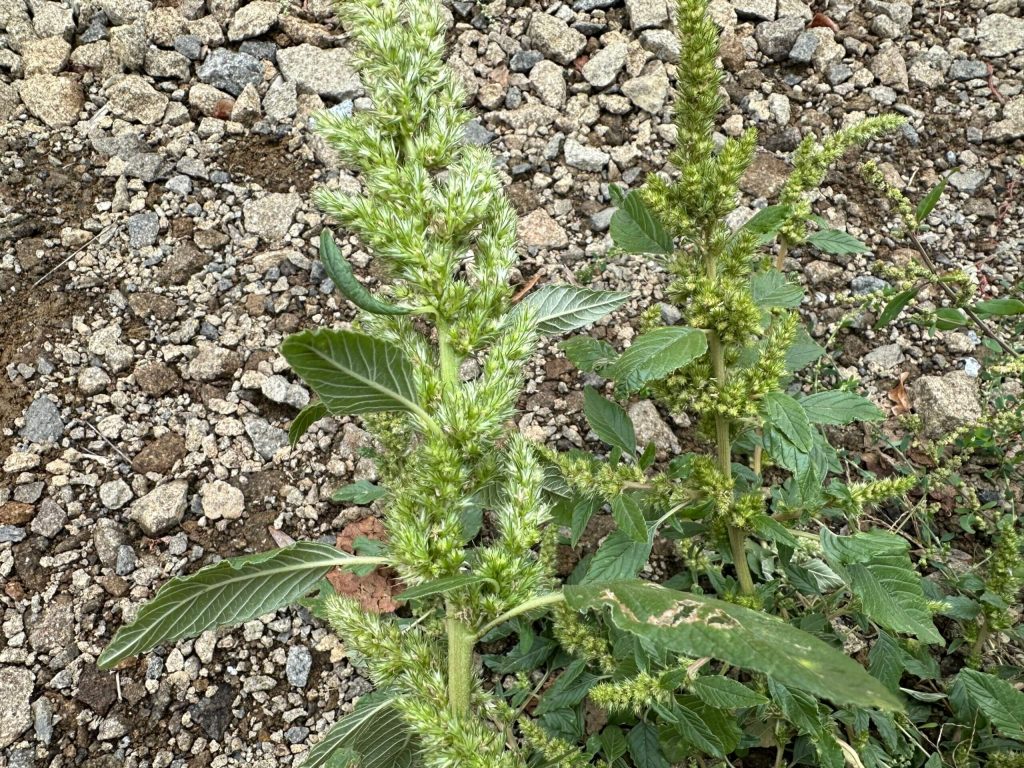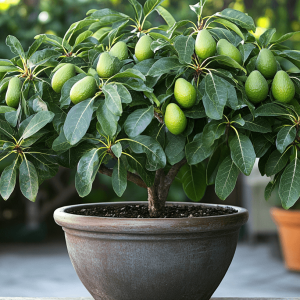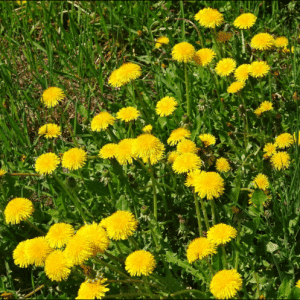
Pigweed, often dismissed as a common garden weed, is a nutritional powerhouse packed with vitamins, minerals, and antioxidants. Belonging to the Amaranthus genus, this resilient plant has been used in traditional medicine across various cultures for its myriad health benefits. Despite its reputation, pigweed deserves a place in your diet due to its significant medicinal value. Below are the top ten health benefits of pigweed and how to incorporate it into your meals.

Top 10 Health Benefits of Pigweed
- Bone Health
Pigweed is high in calcium, essential for maintaining strong bones and preventing osteoporosis. Regular consumption can bolster bone density and overall skeletal health. - Heart Health
With its fiber, antioxidants, and potassium content, pigweed supports cardiovascular health by lowering blood pressure, reducing cholesterol levels, and promoting heart function. - Anemia Prevention
Rich in iron, pigweed can help prevent iron-deficiency anemia and boost your energy levels by aiding in hemoglobin production. - Immune Support
Pigweed is a great source of Vitamin C, which enhances the immune system, helping the body ward off infections and illnesses. - Eye Health
Pigweed contains Vitamin A, crucial for maintaining good vision and eye health. It can help protect against age-related macular degeneration and other vision problems. - Digestive Health
The dietary fiber in pigweed aids digestion, promoting regular bowel movements and preventing constipation. - Anti-inflammatory Effects
Pigweed’s anti-inflammatory properties can alleviate symptoms of arthritis and other inflammatory conditions, reducing pain and swelling. - Antioxidant Properties
Packed with antioxidants like flavonoids and phenolic acids, pigweed protects the body from oxidative stress, lowering the risk of chronic diseases such as heart disease and cancer. - Nutrient-Dense
The leaves of pigweed are loaded with vitamins A, C, and K, along with essential minerals like calcium, iron, magnesium, and potassium, all crucial for overall health. - Skin Health
Pigweed’s high levels of Vitamin E and other antioxidants help protect the skin from damage caused by free radicals, promoting a healthy, glowing complexion.

How to Use Pigweed in Your Diet
Pigweed is incredibly versatile in the kitchen and can be added to a variety of dishes. Here’s how you can include it in your meals:
- Salads: Use young pigweed leaves in salads for a nutrient-rich, flavorful addition.
- Sautéed or Steamed: Cook the leaves like spinach or other leafy greens to enjoy their tender texture.
- Smoothies: Blend pigweed leaves into your morning smoothie for an extra boost of vitamins and minerals.
- Soups and Stews: Add chopped pigweed leaves to soups and stews for added nutrition and flavor.
Green Pigweed Smoothie Recipe
Ingredients:
- 1 handful of fresh Pigweed leaves (well-washed)
- 1 banana (for sweetness and creaminess)
- 1/2 cup of spinach or kale (to enhance the green goodness)
- 1/2 apple or pear (for a fruity touch)
- 1/2 cup of cucumber (adds hydration and a refreshing taste)
- 1 tablespoon of chia seeds or flaxseeds (optional, for extra fiber and omega-3s)
- 1 cup of coconut water or almond milk (for a liquid base)
- 1 teaspoon of honey or maple syrup (optional, if you prefer extra sweetness)
- A few ice cubes (optional, for a chilled smoothie)
Instructions:
- Prepare the Pigweed: Start by thoroughly washing the Pigweed leaves to remove any dirt or impurities.
- Blend the Base Ingredients: Add the Pigweed leaves, spinach or kale, banana, apple or pear, cucumber, and seeds to your blender.
- Add Liquid: Pour in the coconut water or almond milk to help blend everything smoothly.
- Sweeten: If you like your smoothie a bit sweeter, add a teaspoon of honey or maple syrup.
- Blend: Blend everything on high until you get a smooth, creamy consistency. If you prefer your smoothie cold, toss in a few ice cubes and blend again.
- Serve: Pour the smoothie into a glass, and enjoy your nutrient-packed green drink!
This Pigweed smoothie is not only tasty but also a great way to sneak in a ton of vitamins and minerals. It’s perfect for a healthy breakfast or a mid-day energy boost. Enjoy the green goodness! 🌿🍏

Additional Tip: Harvesting Pigweed
When foraging for pigweed, make sure to pick young leaves for the best flavor and nutritional content. Avoid areas treated with pesticides and always wash the leaves thoroughly before consumption. By integrating pigweed into your diet, you not only take advantage of its health benefits but also help manage its spread in your garden.






